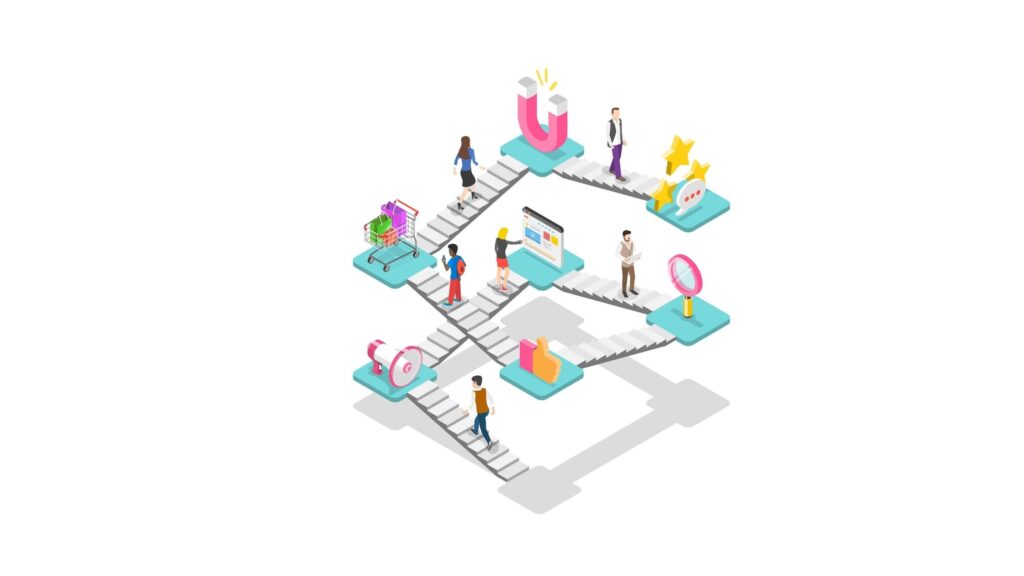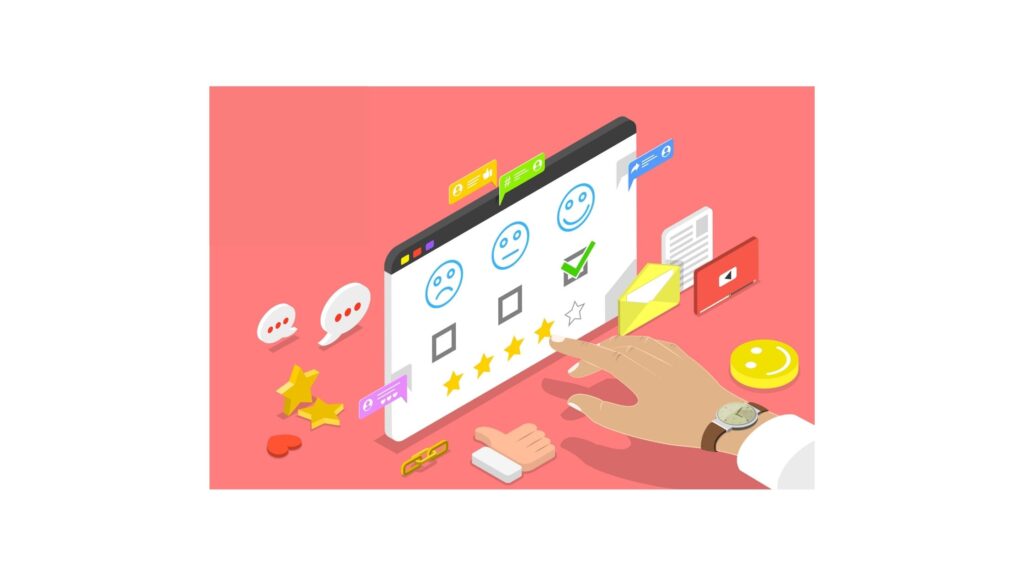What is the perfect ecommerce customer journey?


2020 sucked, right? I’m stating the obvious here, I know because it was a testing and interesting year for all. Browsing and buying habits changed as our customers adjusted to the “new norm.” I know, the new norm, how many times did you hear that last year? But as our buying and browsing habits changed, so too did our marketing. We needed to up our game.
Brands battled with how they should communicate with their audience to maintain a connection and drive conversion and, ultimately, retention. Marketers have always had to think on their toes, get creative and adapt to challenges thrown at them. However, the shift to ecommerce for many brands was new. Brands looked to D2C as a critical strategy rather than just the latest fad, as many went in search of the perfect customer journey.
Understanding the customer journey
I’m going to let you in on a secret and possibly be a little controversial. The perfect ecommerce customer journey does not exist. Well, maybe that’s a little too dramatic; let me be more accurate; you cannot predict the ideal customer journey. The customer needs to be able to dictate that for themselves. Your job as the marketer is to understand further the parts of the customer journey that will not change regardless of who takes it and be there for them as and when they need you. The elements of the customer journey you can control shouldn’t change too drastically.
You need to be aware that your clientele is becoming more frugal as they cannot predict what their financial situation will be in the months to come. Be empathetic to their circumstances; we’re all adjusting to the “new norm”. Let them know you understand, be helpful, use what you know about them and how they’ve been browsing. Behavioral data is even more critical when shopping habits are changing. Please resist the urge to be lazy and batch and blast. Listening out for these changes enables you to respond accordingly and not assume you know what’s best.

Driving customer loyalty
Merchants who show a little empathy and tell their story can set themselves apart from their competition. It provides consumers with a reason not only to become a fan, signup to your mailing list, and follow you but to remain a follower, investing in who you are, what you stand for, as well as loving your unique products, of course.
Companies like Bite utilize its slow shipping further to highlight their USP as a genuinely sustainable toothpaste company. The brand understands that if consumers are looking to shop with them, they are likely already interested in reducing their carbon footprint and plastic use. As such, highlighting their slow shipping differentiates them from their competitors, proving their commitment to sustainability and thus working to foster trust from consumers.
Meeting customer expectations
Our customers all expect so much more from us; we need to deliver what they’re looking for. To do that, we must start by looking for the path of least resistance. According to Wunderman Thompson Commerce, 35% of all UK online purchases during lockdown were made via Amazon. With that said, the customer expects the purchasing process to be like Amazon; quick, straightforward and painless.
They also want to make sure that what they’re buying is right for them. Imagery can show you how something looks and, for the most part, how it might feel, but reviews are essential. They help customers know whether or not quality is assured and if it’s going to fit their particular requirements. I don’t think these expectations have changed much; if anything reflecting that same ethos of being quick, straightforward, and painless when it comes to returns is also necessary for consumers.
So with all this in mind, we teamed up with Reload digital and a host of partners like Fresh Relevance, Shopify, and Loyalty Lion to bring you a guide on how best to use your data and tech to get more eyes on your brand. With examples from Brewdog, Toms, and Ikea to illustrate how to capture and convert those browsing your website and how to get your customers coming back for more and build brand advocacy.

Gain actionable insights today
Download the guide here and take one step closer to creating the customer journey you geared for success.


